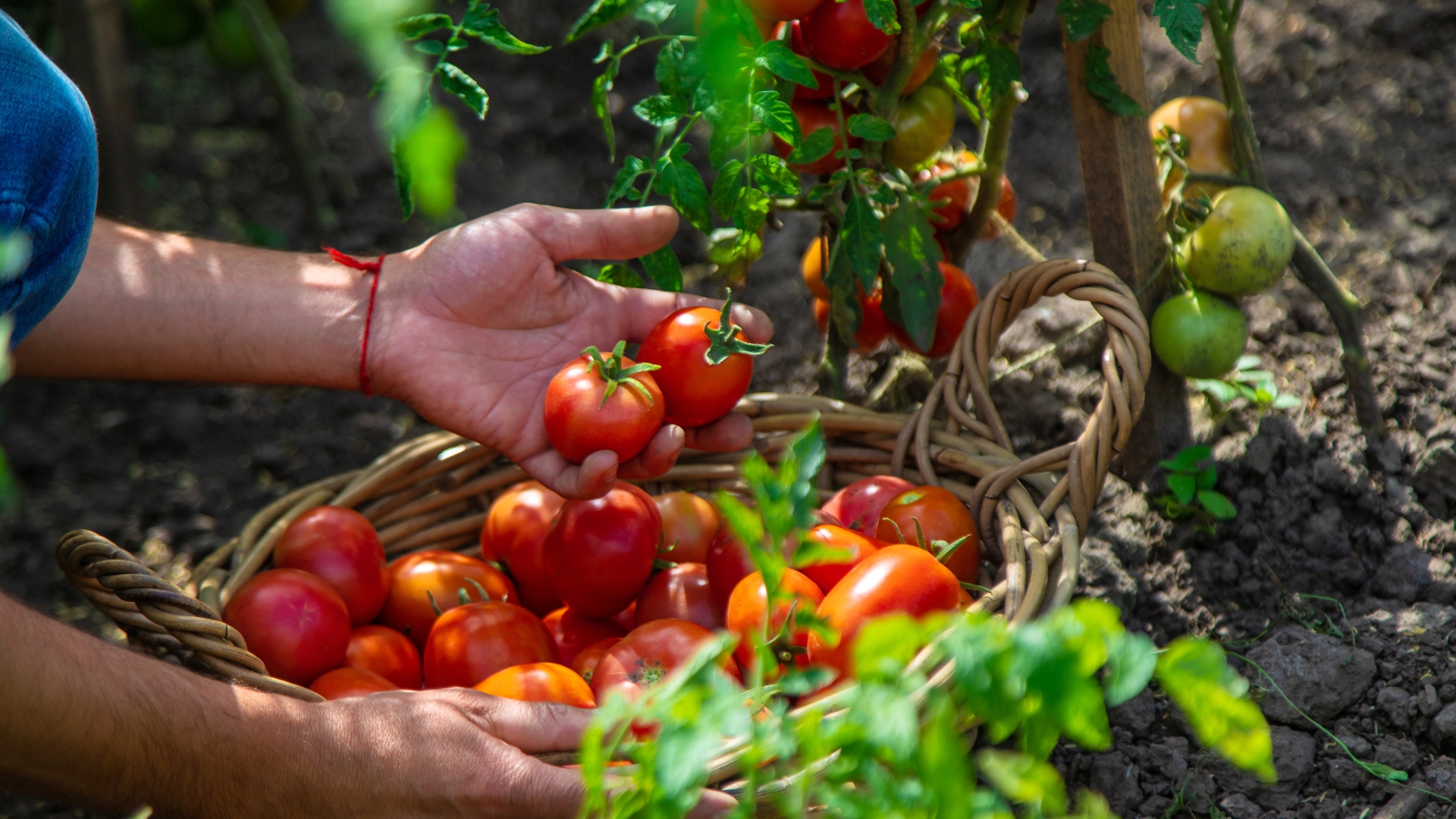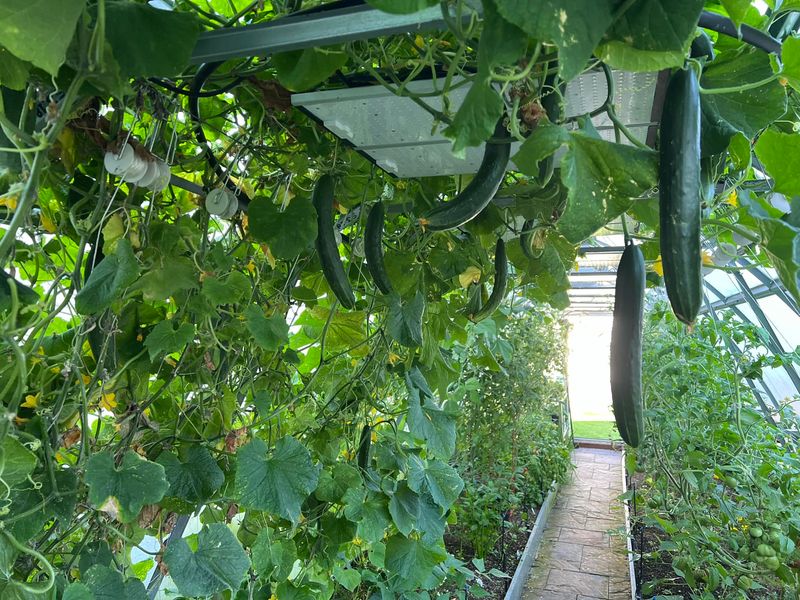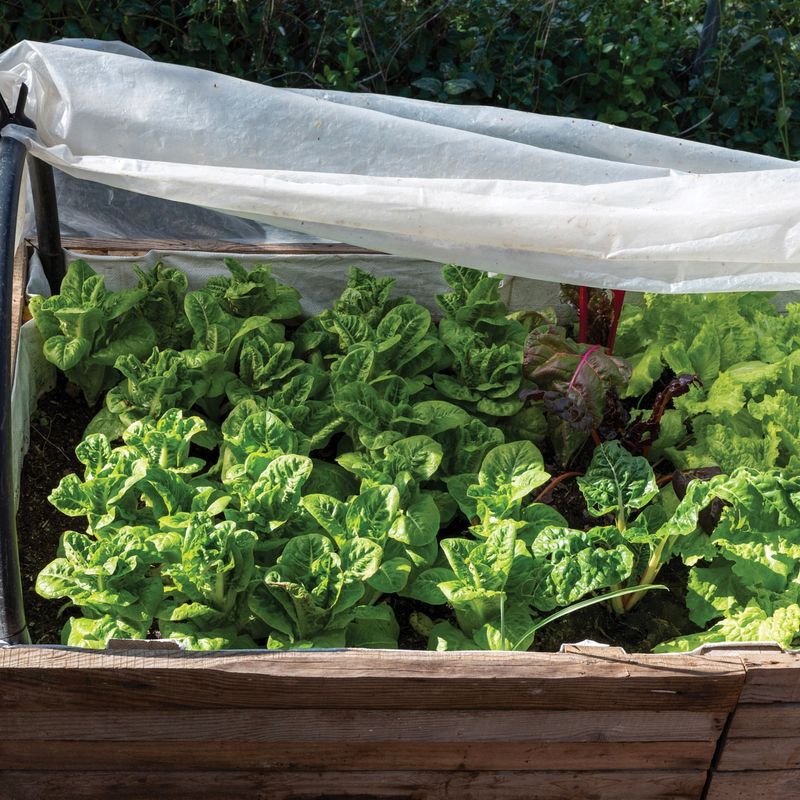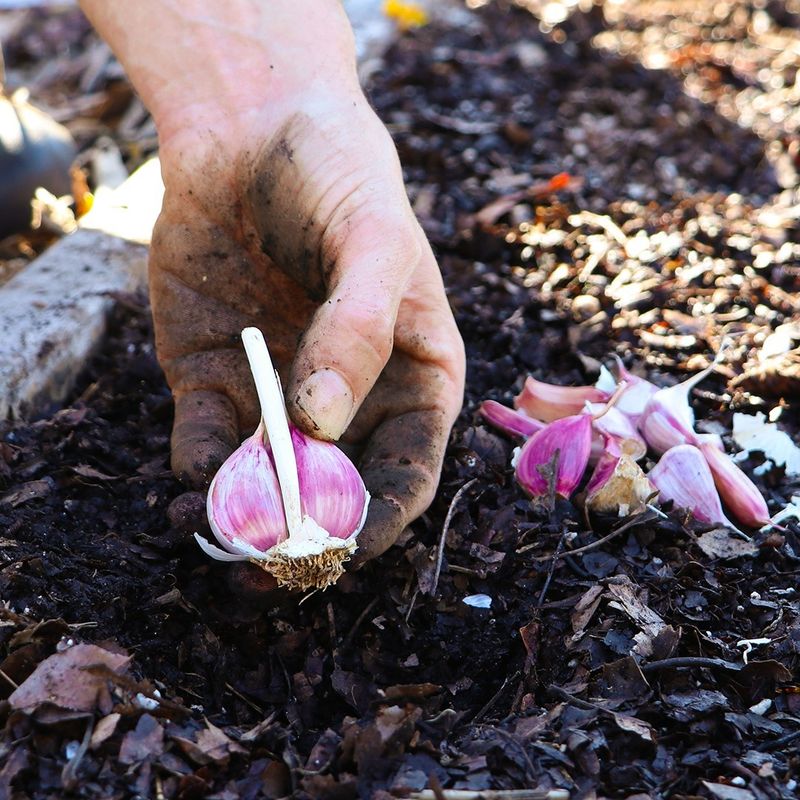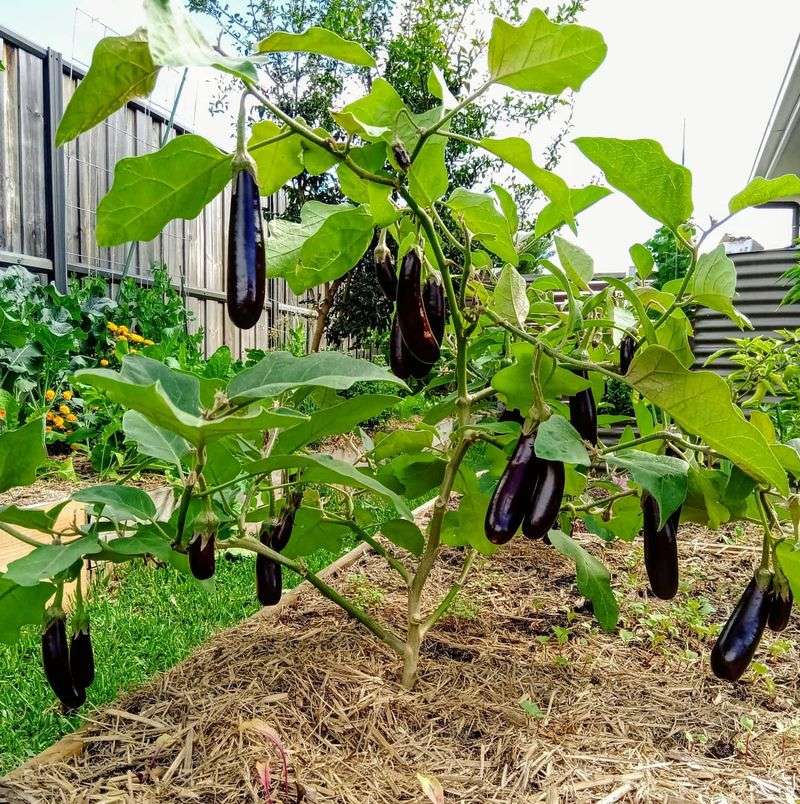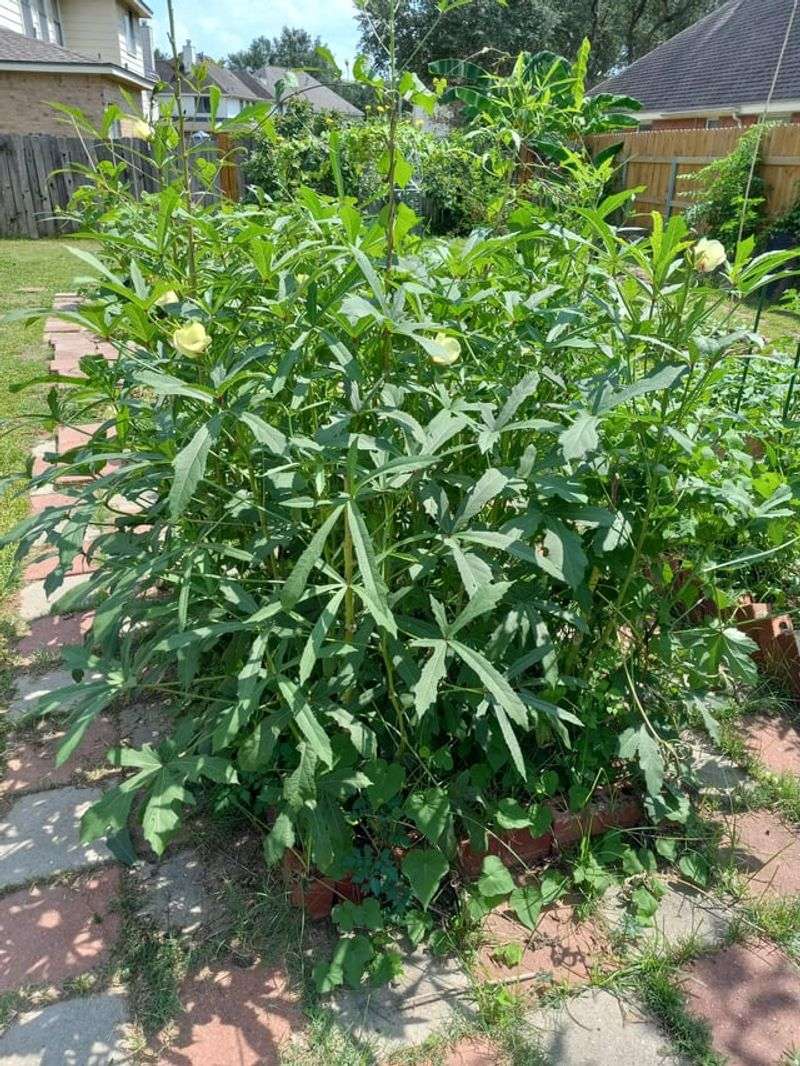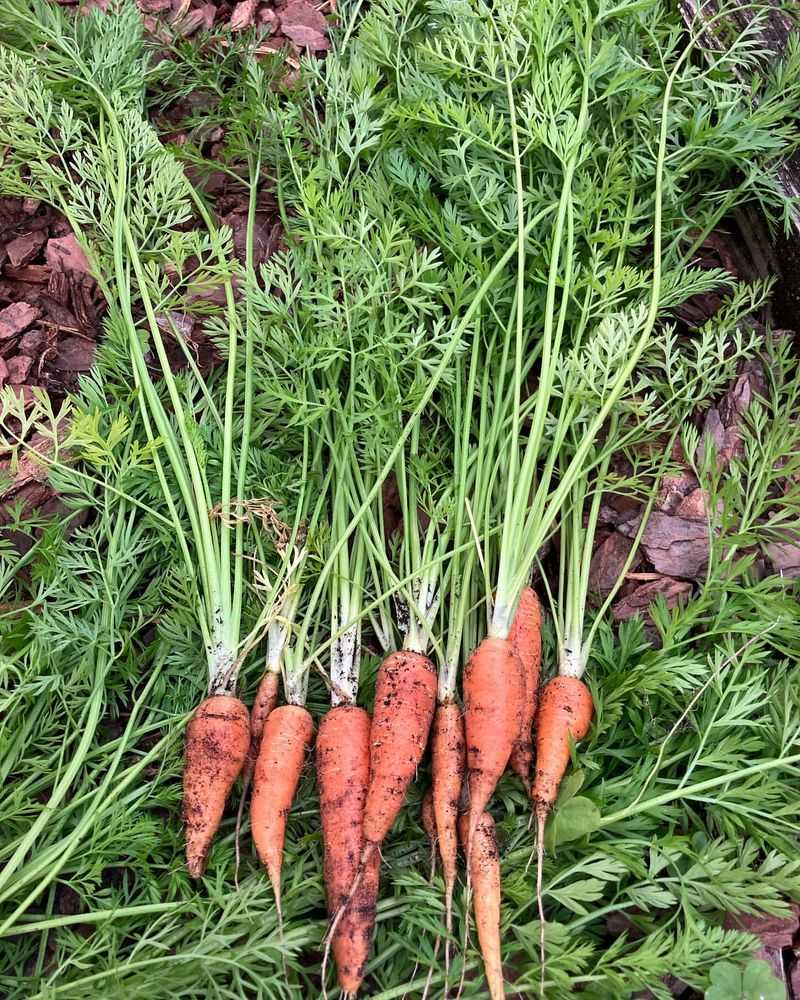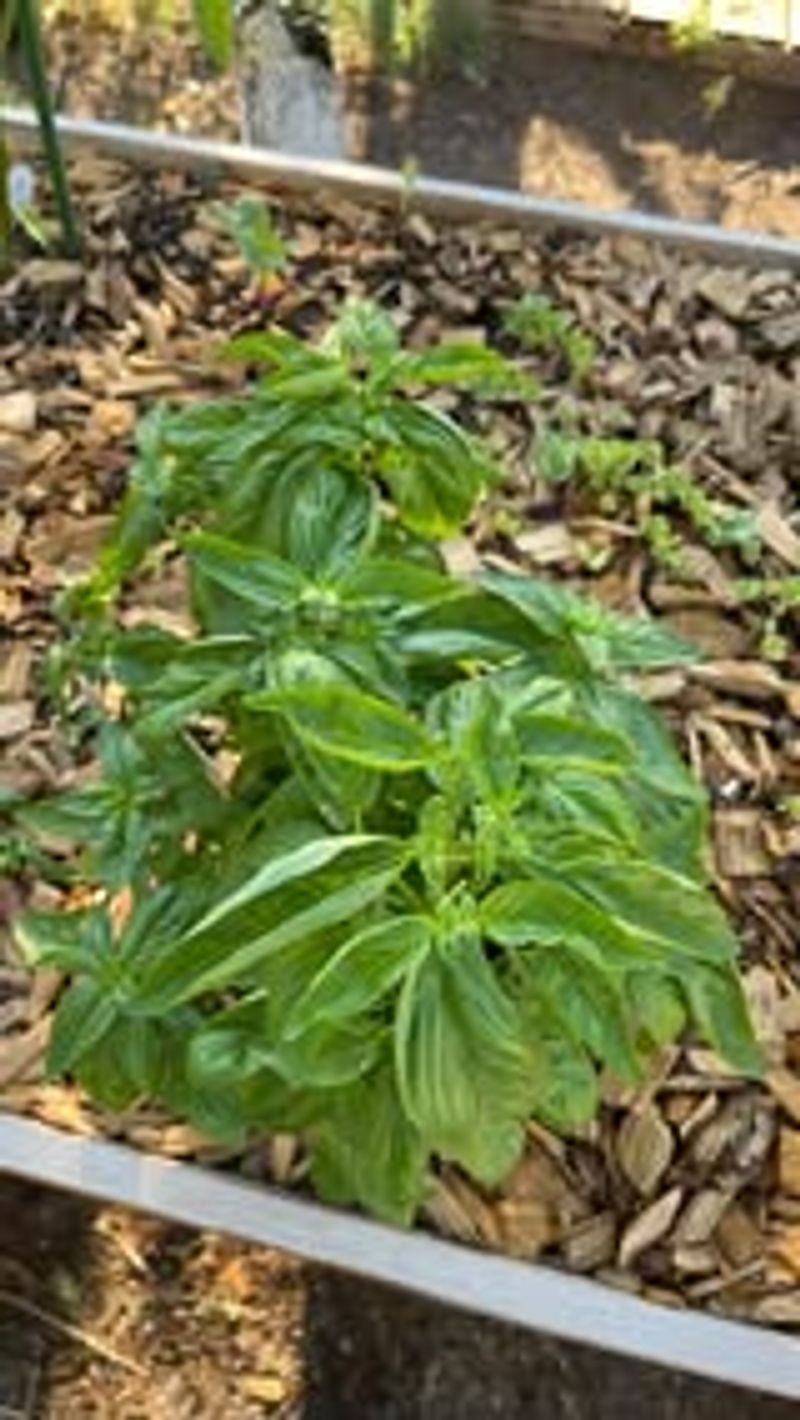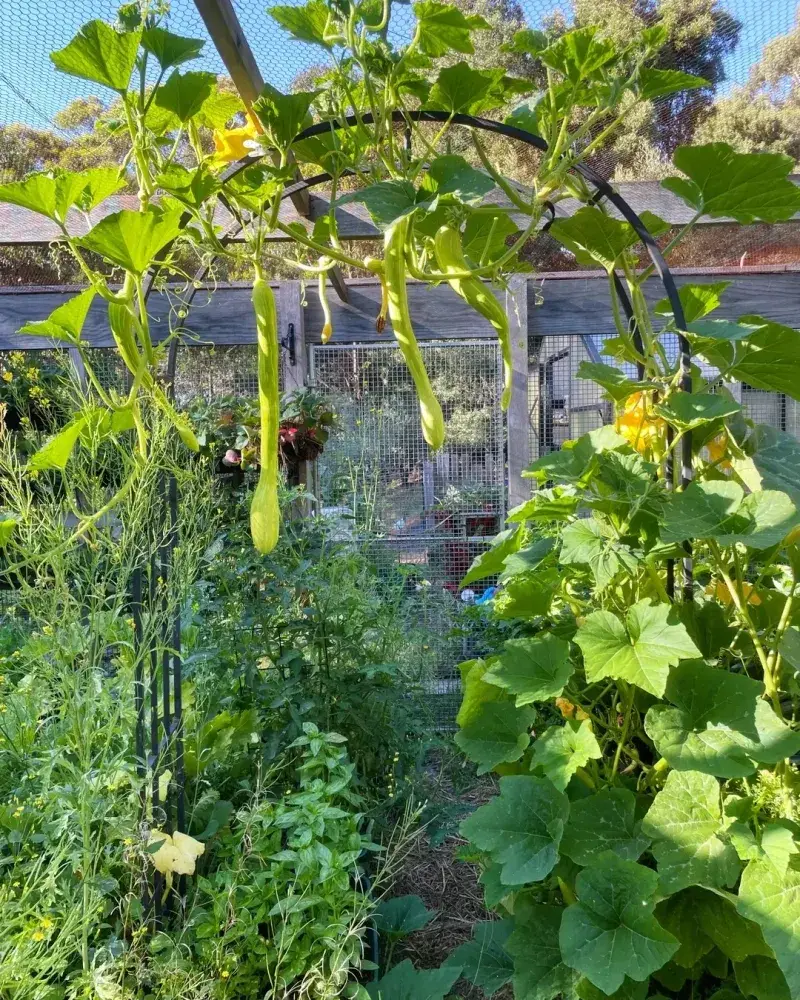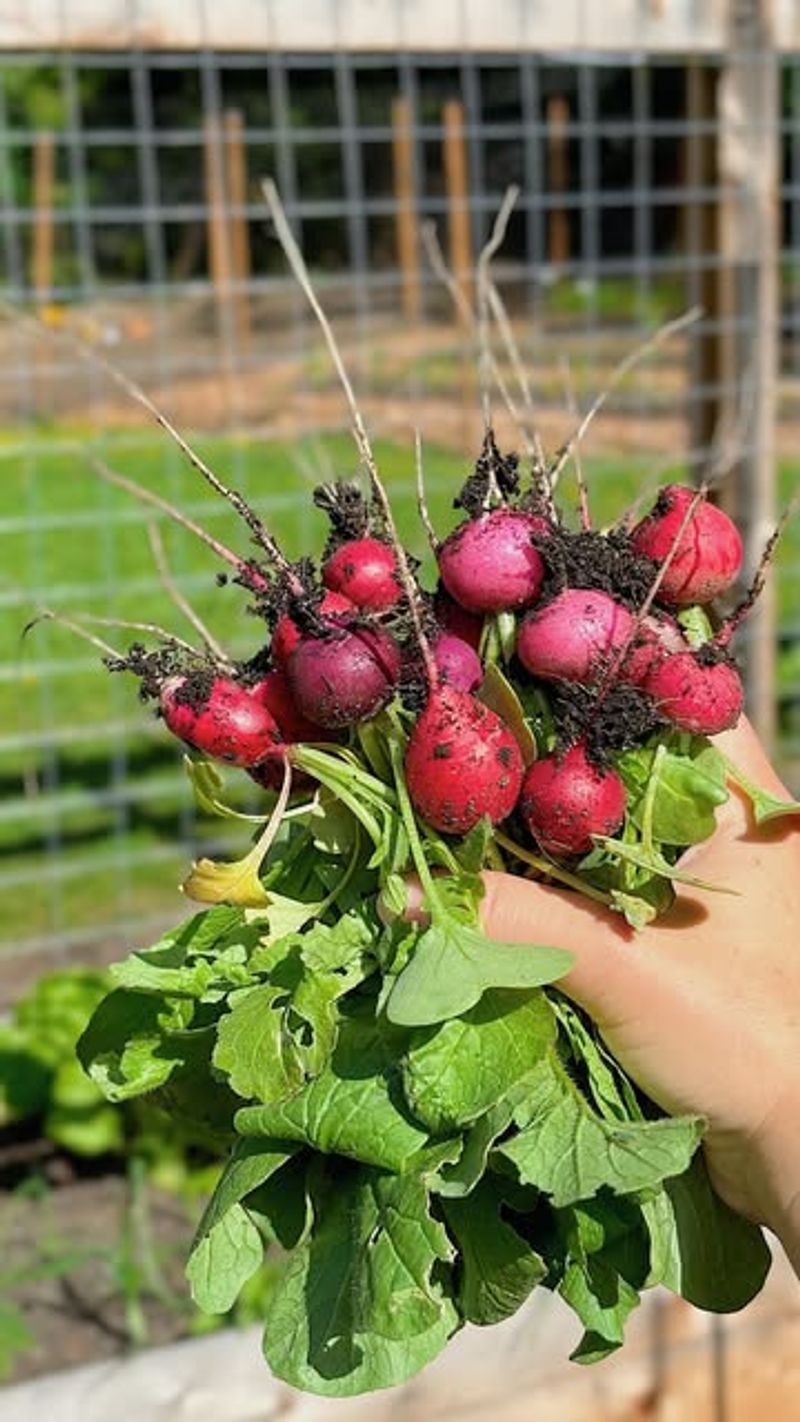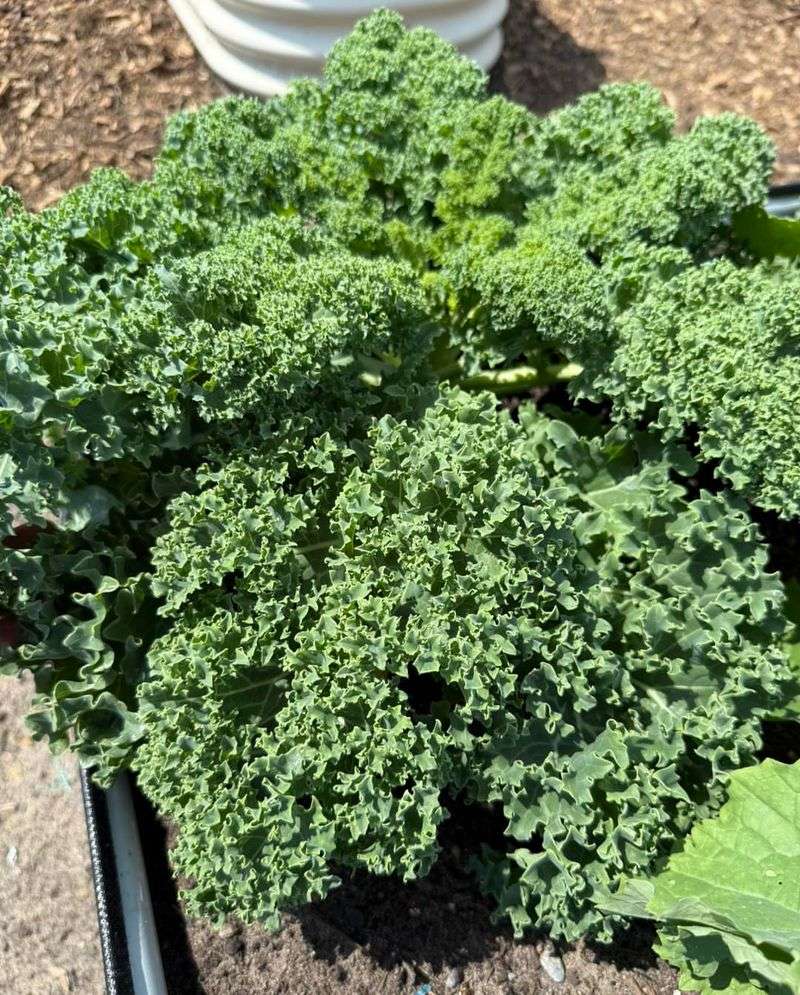August in Kentucky might feel like summer’s winding down, but it’s actually the perfect time to boost your veggie game. I’ve picked up a few tricks that seriously kicked my harvest into high gear this time of year.
With the right timing and a few smart moves, you can squeeze out double the veggies before fall rolls in. These tips work great with the heat and humidity, giving your garden a strong finish.
Let’s make the most of August and load up your kitchen with fresh, homegrown goodness!
1. Tomato Pruning
Snip those suckers! Kentucky’s humid August calls for strategic tomato maintenance to prevent disease and boost production. Remove the small shoots growing between main stems and branches.
Many Kentucky gardeners see up to 25% more ripe fruits after proper pruning. Focus energy on existing fruit clusters rather than endless vine growth.
2. Bean Succession
Quick-growing beans are perfect for August planting in Kentucky’s extended growing season. Sow a fresh batch every two weeks for continuous harvests until first frost.
Bush varieties like ‘Provider’ and ‘Blue Lake’ thrive in Kentucky’s late summer conditions. You’ll enjoy tender beans well into October with this simple timing trick.
3. Cucumber Trellising
Vertical growing transforms cucumber production in Kentucky’s limited garden spaces. Plants stay healthier with improved air circulation, reducing common fungal issues in our humid climate.
Trellised cucumbers develop straighter, cleaner fruits that are easier to spot and harvest. Many Kentucky gardeners report doubled yields compared to ground-sprawling plants.
4. Pepper Topping
Give pepper plants a gentle haircut now for a remarkable autumn bounty. Trimming the uppermost growing tips signals the plant to focus on ripening existing fruits rather than growing taller.
Kentucky’s long fall season gives topped peppers plenty of time to mature their final flush of fruits. You’ll marvel at how many extra peppers this simple August trick produces!
5. Squash Pollination
Hand-pollinating squash flowers in Kentucky’s August garden can quadruple your yield. Morning is perfect for this simple task – just transfer pollen from male flowers (thin stems) to female flowers (with tiny fruits behind them).
Kentucky’s native bee populations sometimes dwindle by late summer, making manual pollination crucial. A small paintbrush works perfectly for playing matchmaker to your squash blossoms.
6. Lettuce Shade
Kentucky’s August sun can be brutal on tender greens. Creating afternoon shade with simple structures allows for continuous lettuce harvests despite the heat.
Try planting heat-tolerant varieties like ‘Nevada’ or ‘Jericho’ on the east side of taller plants. Many Kentucky gardeners use 30% shade cloth suspended on hoops for perfect lettuce growing conditions.
7. Garlic Planting
While most Kentucky gardeners wait until October, smart growers know late August planting gives garlic a head start. The cloves establish strong roots before winter without sprouting too much.
Choose hardneck varieties like ‘Music’ that thrive in Kentucky’s climate. Mulch heavily after planting to regulate soil temperature during our unpredictable fall weather patterns.
8. Eggplant Support
Kentucky’s August eggplants often become top-heavy with fruit. Installing proper supports now prevents stem breakage and keeps developing fruits clean and disease-free.
Tomato cages work wonderfully, though many Kentucky gardeners prefer simple wooden stakes. Your plants will reward this mid-season attention with significantly higher yields through September.
9. Okra Harvesting
Kentucky’s heat-loving okra produces almost daily in August. The secret to doubled production is frequent harvesting – every single day if possible!
Cut pods when they’re 3-4 inches long using pruners to avoid damaging stems. Many Kentucky gardeners miss this trick, allowing pods to grow too large, which signals the plant to slow production dramatically.
10. Carrot Thinning
August-sown carrots need breathing room to develop properly. Thin seedlings to one inch apart when tops reach two inches high, then enjoy the baby carrots in salads.
Kentucky’s long autumn provides perfect conditions for fall carrots. A second thinning to three inches apart in September ensures full-sized roots for harvest after the first light frost sweetens them.
11. Basil Pinching
Regular harvesting transforms basil from a single-stemmed plant into a bushy herb factory. Pinch stems just above leaf pairs to encourage branching and prevent flowering.
Kentucky’s warm September extends basil production when properly maintained. Many Kentucky gardeners harvest twice weekly, making this aromatic herb one of their most productive August crops.
12. Zucchini Rescue
Revitalize tired zucchini plants with this Kentucky gardener’s trick: remove all yellowing leaves, harvest every fruit, then apply balanced organic fertilizer and fresh mulch.
Most plants respond with vigorous new growth and production. Kentucky’s extended growing season gives refreshed plants plenty of time to produce a second flush of tender squash through September.
13. Radish Gaps
Kentucky’s August garden often develops empty spots as spring crops finish. Quick-growing radishes mature in just 21 days, making them perfect gap fillers.
Plant heat-tolerant varieties like ‘White Icicle’ or ‘French Breakfast’ wherever space appears. Many Kentucky gardeners sow these peppery roots weekly, turning unused corners into productive mini-harvests.
14. Kale Planting
Mid-August is perfect for starting fall kale in Kentucky. These seedlings establish during summer but produce their best harvests after light frosts sweeten the leaves.
Choose dinosaur or Russian varieties for Kentucky’s climate. Many local gardeners start seeds in partial shade, transplanting to full sun positions as September’s cooler temperatures arrive.
15. Melon Ripening
Kentucky’s August melons ripen rapidly with this simple trick: slip a thin board or piece of tile under each developing fruit. This prevents rot, deters pests, and concentrates sweetness.
The board reflects heat upward while keeping fruits dry after Kentucky’s frequent summer showers. You’ll notice melons ripen more evenly and develop sweeter flavor with this traditional technique.

